In two recent events, grizzlies shared the trail with hikers in Canada and a black bear joined the crowds at Magic Kingdom. Growing bear populations are the cause, experts say.
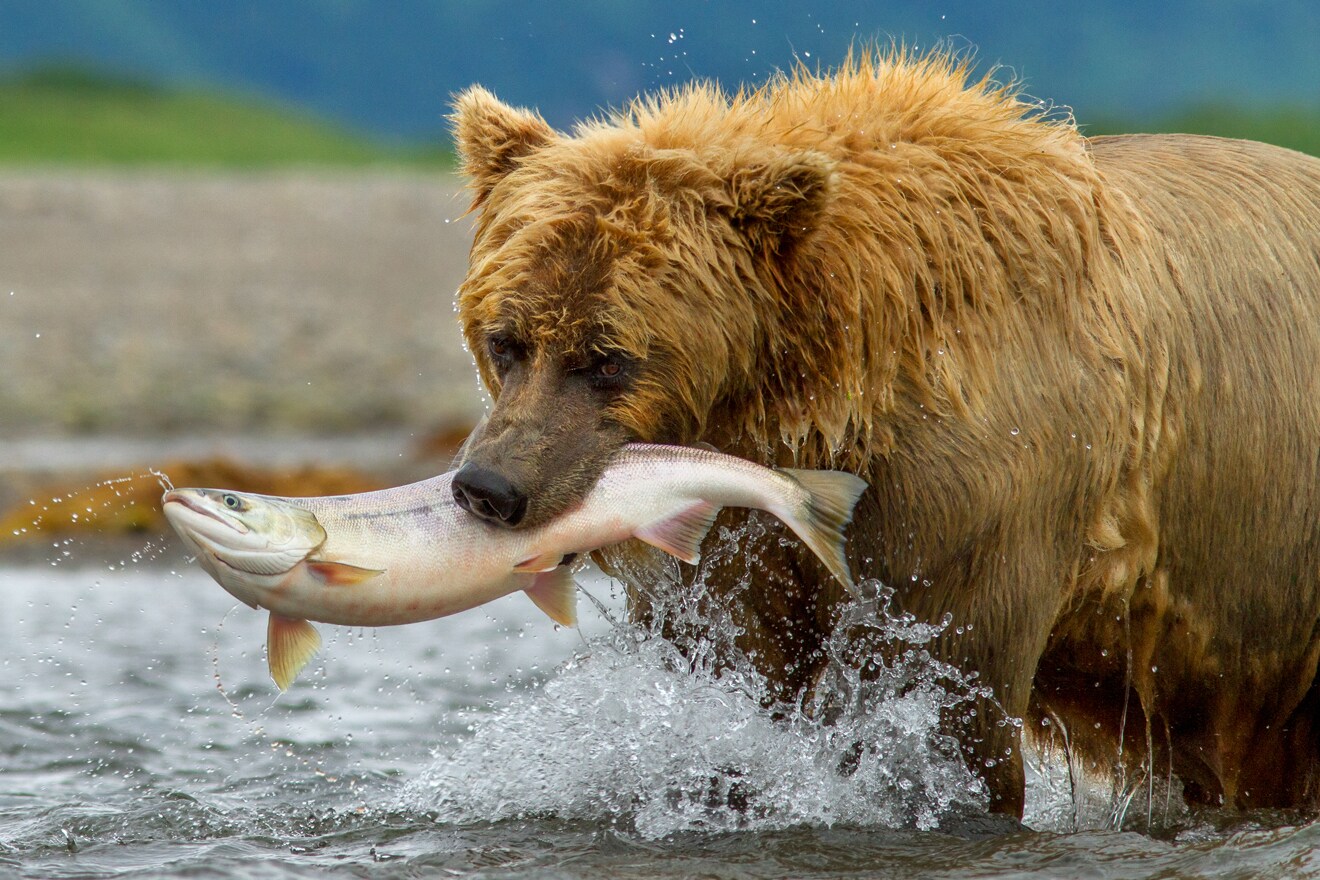
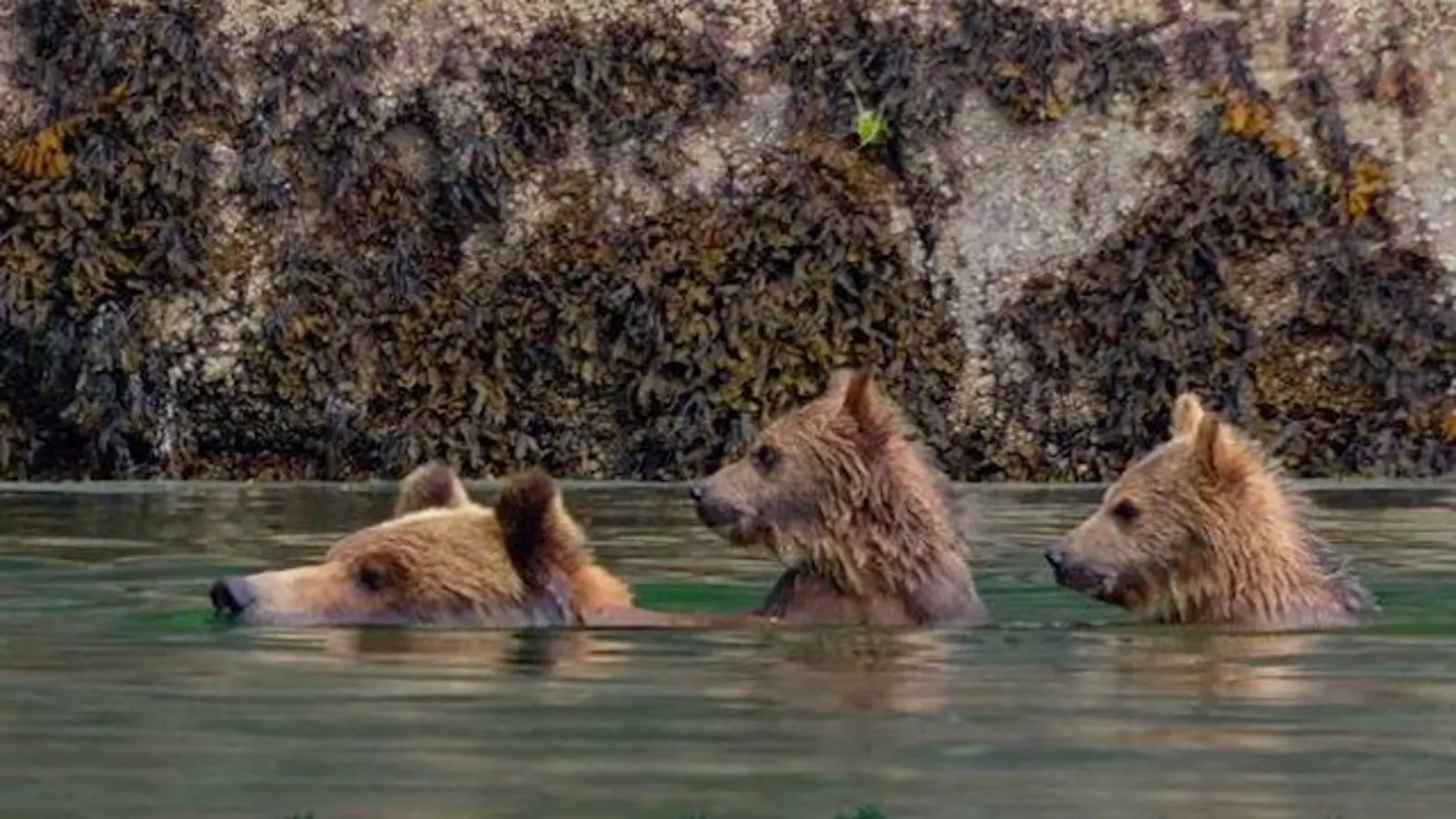
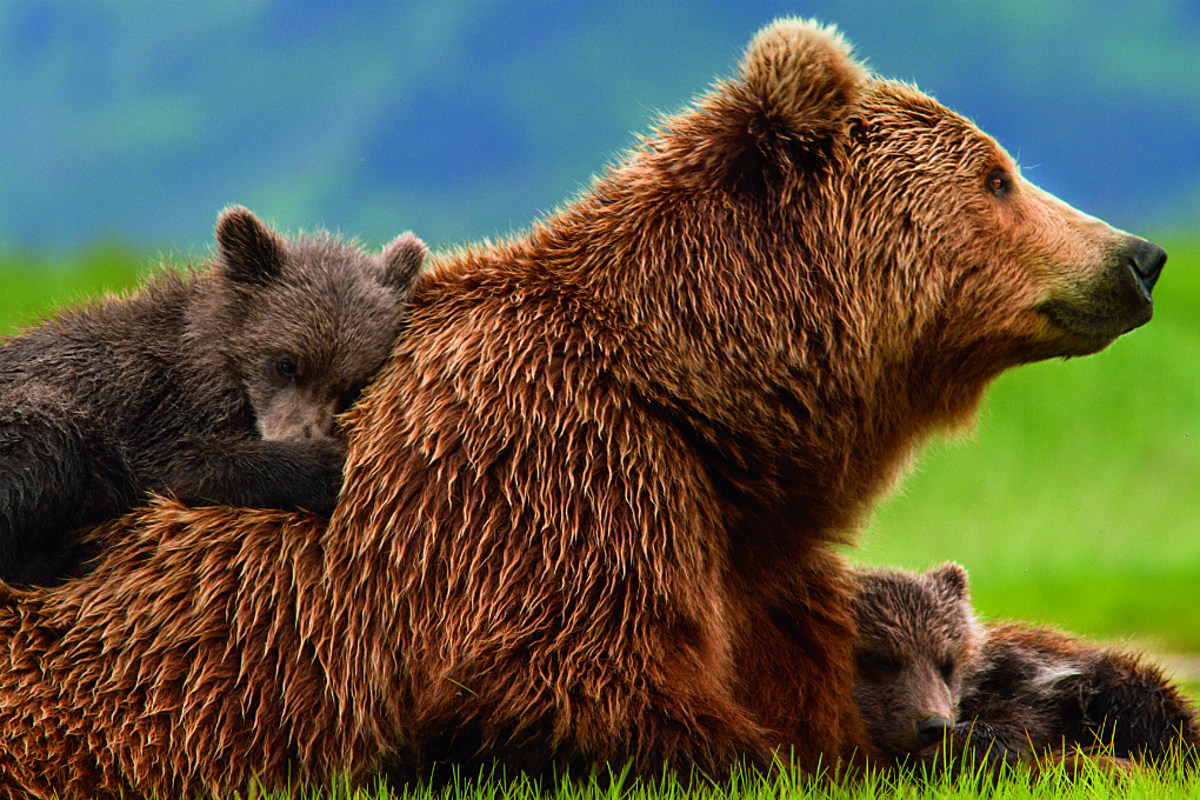
The female black bear who managed to get a free pass to Disney World’s Magic Kingdom is likely not the last to make a surprise appearance, experts say.
Across North America, black bear numbers are rapidly expanding, reclaiming spaces where they haven’t been seen in more than a century. The roughly 4,000 bears in Florida, for instance, are surrounded by development, so any wandering animal will likely end up in busy human areas, says Dave Garshelis, co-chair of the International Union for Conservation of Nature’s Bear Specialist Group and a former biologist for the state of Minnesota.
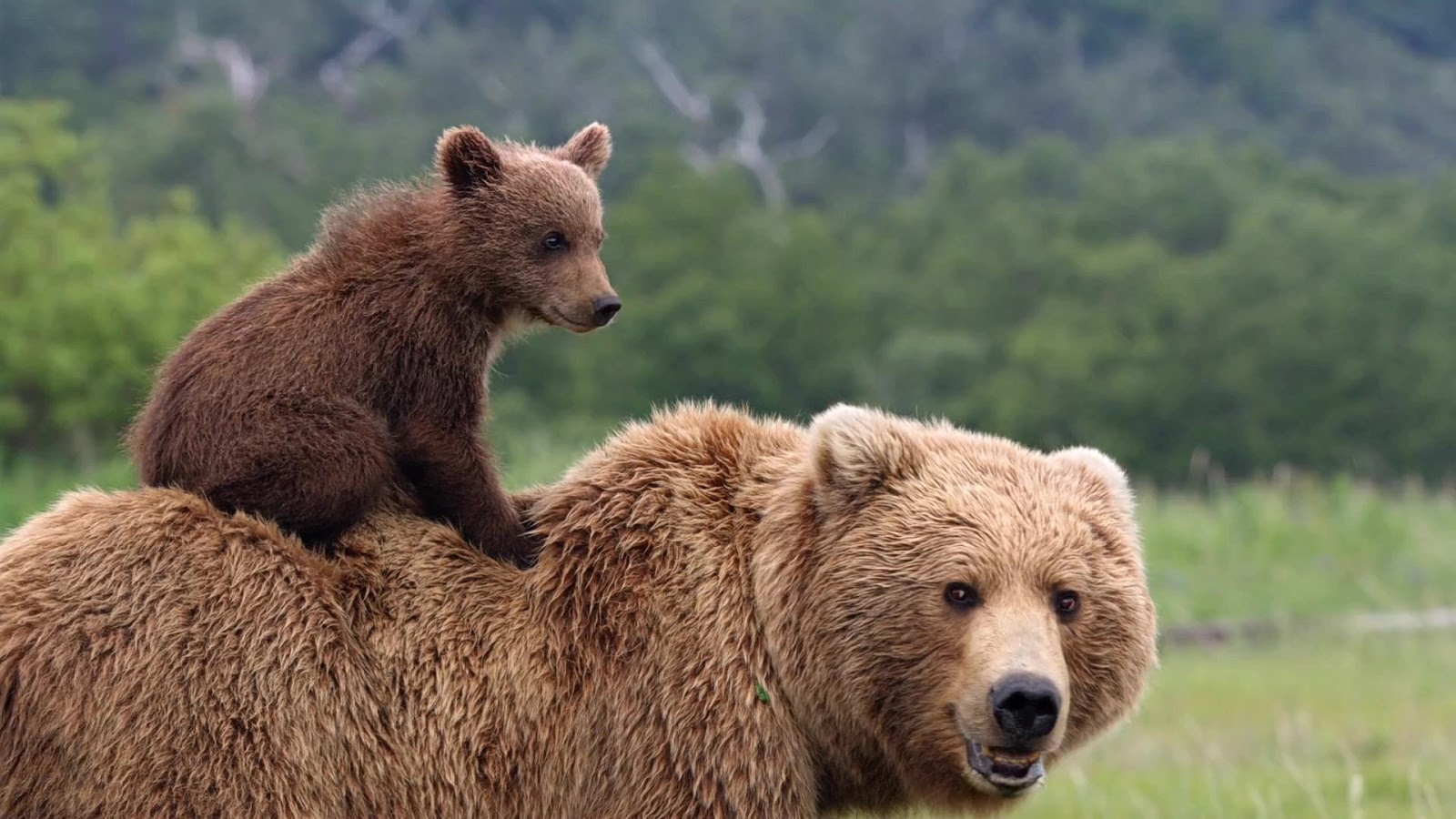
The Disney bear was relocated to Ocala National Forest, a 600-mile reserve situated between the large cities of Gainesville and Orlando. (The Walt Disney Company is majority owner of National Geographic Media.)
“Black bears are thriving in virtually every state where they reside,” which is at least 40, Garshelis says. “They’re very opportunistic animals, taking advantage of every food resource they can, even if that means being near a high density of people.”
As habitat shrinks and human development increases, more black bears are venturing into metropolitan areas such as Minneapolis and Washington D.C. Garshelis recalls one collared black bear that traveled through five heavily populated states for a total of 800 miles before it was killed by a car in Louisiana. (Read how wild animals are adapting to city life in surprisingly savvy ways.)

Contrary to what many believe, bears—even brown bears—“are actually super tolerant of people,” says Daryl Dancer, a bear country tour guide based in British Columbia. “It’s amazing that there aren’t more negative encounters.”
Black bears typically will run away when a human approaches, while brown bears, including their well-known subspecies, the grizzly—often will stay hidden until the human moves along.
Many human-bear interactions could be avoided if people took basic precautions, such as not leaving food out, keeping their pets inside or leashed, and storing trash in bear-proof receptacles. Slowly but surely, that’s happening in many parts of the continent.
“It used to be if a bear got into the garbage, people automatically responded, ‘It’s the bear’s fault,’” Dancer says. “But today, people know better. It’s humans’ responsibility to break those habits.”
How to stay safe in bear country
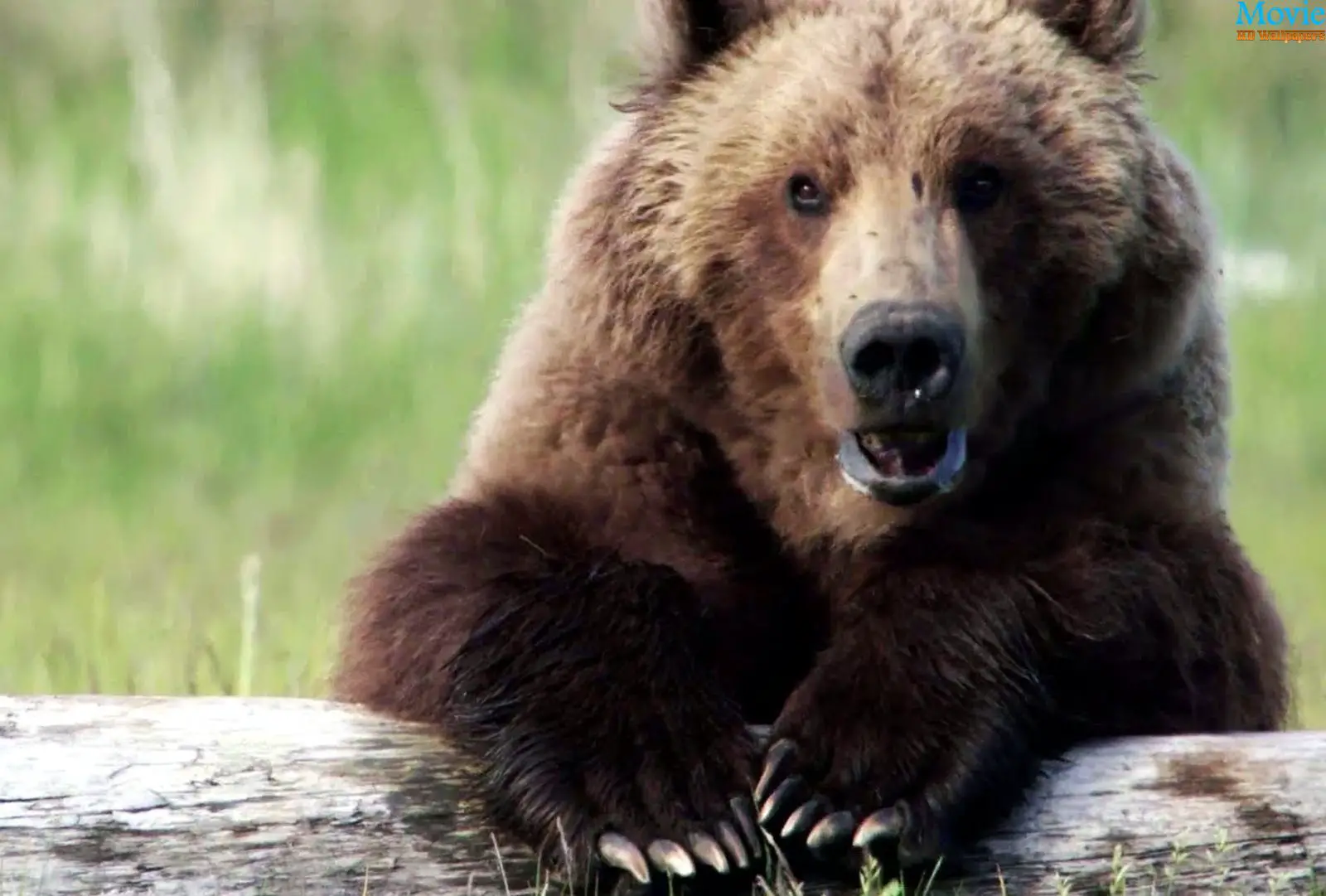
While most of us appreciate the silence of the forest, it’s a good idea to make some noise on the trail so you don’t startle a bear. Dancer suggests yelling “Hey bear!” occasionally while in bear country.
If you come across a grizzly that’s a hundred yards or more from you, slowly turn back the other way. If you encounter a grizzly on a trail, stay calm, avoid contact, and back away or step off the path to let it pass.

In the recent Banff video, the cub appears to be bluff charging the hikers, but Garshelis suspects the youngster was just playing or practicing adult skills. “The cub was still with its mother, who could womp anyone [who might hurt it]—so it may just have been curious to see how the people would react.”
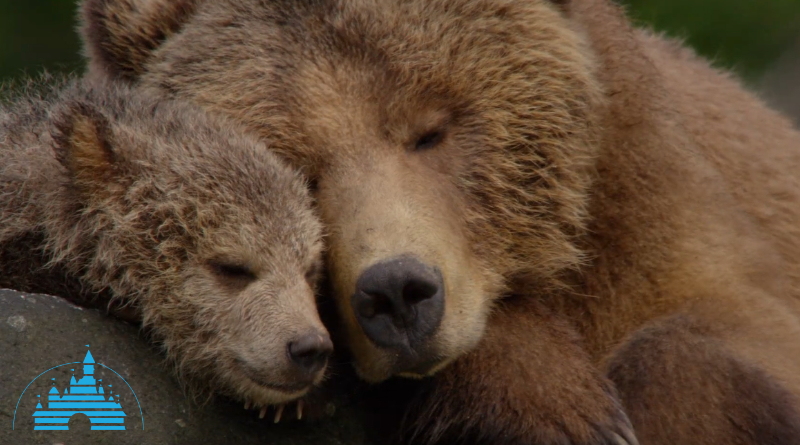
Never run, which triggers the animal’s predatory instinct. In the unlikely event you are attacked by a brown bear, play dead by lying face down, with your hands covering your neck and your legs spread apart to make it harder for the bear to turn you over.
An aggressive black bear can often be scared off by flailing your arms about and yelling loudly. Carrying bear spray is also a “no-brainer” when hiking where bears live, says Garshelis. (Learn more about how to act around wild animals.)
As for Dancer, she has yet to use bear spray during her 16 years of guiding bear-viewing trips around North America. She chalks it up to knowing bears and how they’ll react.




